Thoracic outlet syndrome: a crushing nerve or vascular injury
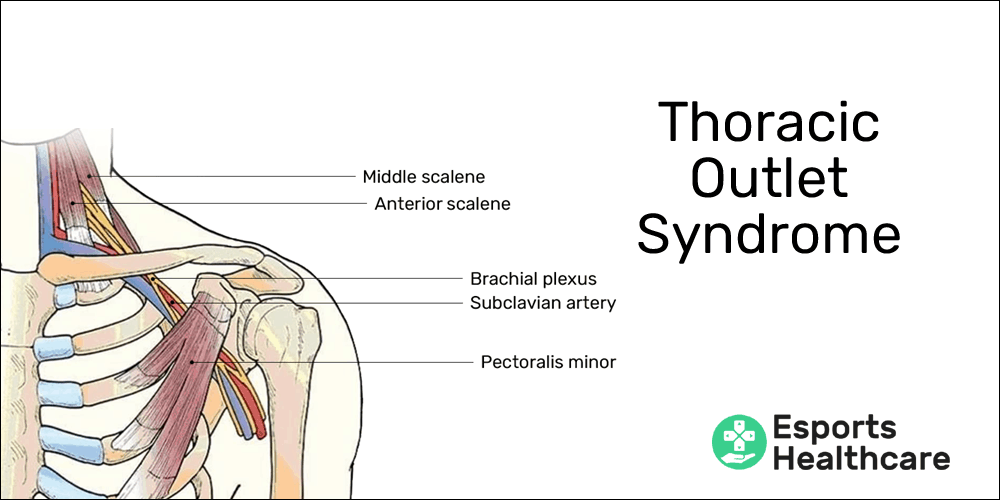
Key points
Disclaimer
This information is for educational purposes only and is not intended to replace the advice of your doctor. Esports Healthcare disclaims any liability for the decisions you make based on this information.
The information contained on this website does not establish, nor does it imply, doctor-patient relationship. Esports Healthcare does not offer this information for diagnostic purposes. A diagnosis must not be assumed based on the information provided.
What is thoracic outlet syndrome?
Thoracic outlet syndrome occurs when there is impingement on the nerves or blood vessels in an area between your clavicle (collar bone) and ribs in the space between your neck and shoulder joint.
Most often, thoracic outlet syndrome in gamers will come secondary to poor posture—slouching forward in their chairs and leaning towards the screen while gaming. Another condition which may lead to thoracic outlet syndrome is upper crossed syndrome.
Pertinent anatomy
It’s important to know some basic anatomy of the chest and upper back, known as the thoracic region, in order to understand thoracic outlet syndrome.
The specific area that makes up the thoracic outlet is as follows:
- Front: the top of the sternum (breast bone)
- Sides: the first ribs
- Back: T1 (first thoracic) vertebra
Although not technically part of the anatomy, thoracic outlet syndrome also refers to impingement within the space between the clavicle and the ribs where nerves and blood vessels travel from the neck and thorax to the arms (as seen in the image below).

The important structures involved in thoracic outlet syndrome in gamers are as follows (note: all structures are on both sides of the body):
- Brachial plexus
- A bundle of nerves comprised of nerve roots from your neck that provide nerve sensation and motor control to your entire arm
- The brachial plexus is a nerve bundle including nerve roots C5, C6, C7, C8, and T1 from your neck and upper back
- This nerve bundle lies beneath your clavicle between your neck and shoulder joint
- Subclavian artery
- A large blood vessel that supplies blood to your arm
- This artery lies beneath your clavicle between your neck and shoulder joint
- Scalenes
- Three muscles in your neck that attach from the bones of your cervical spine to your first and second ribs
- The anterior scalene and middle scalene pass over or near the nerves that form your brachial plexus as well as your subclavian artery
- Pectoralis minor
- A muscle attaching from your scapula (shoulder blade) to your 3rd, 4th, and 5th ribs
- This muscle passes over your brachial plexus and subclavian artery
Pathophysiology
Thoracic outlet syndrome occurs when there is compression or irritation of the brachial plexus and/or subclavian artery between the neck/thorax and the shoulder.
For the general population, this impingement may occur for many different reasons including bony anomaly (e.g., cervical rib) or other issues with bone growth or position (structural impingement), inflammation, tumor or other mass, direct trauma, or other injury.
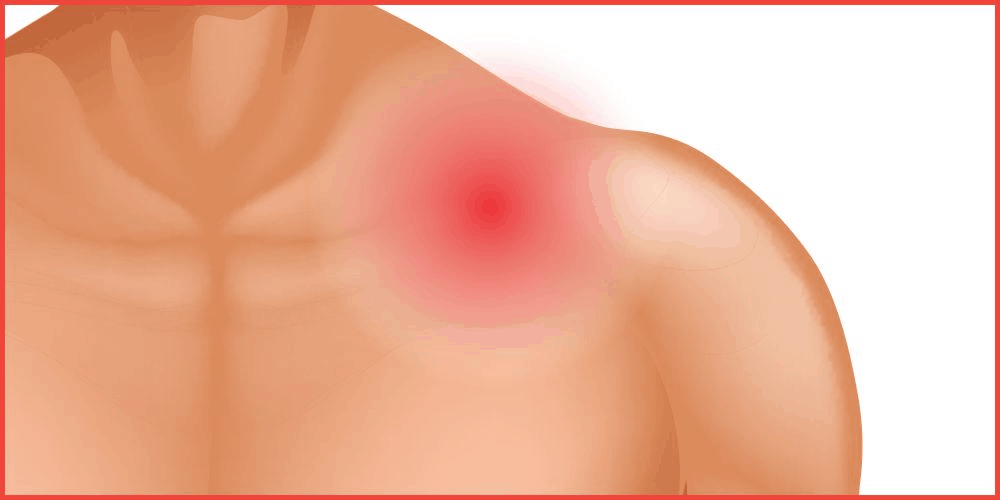
For thoracic outlet in gamers, the cause of impingement will most often occur due to hypertonicity or spasm in the muscles in the region of the thoracic outlet.
Hypertonicity is a word used to describe increased tone, otherwise described as “tightness” in a muscle while at rest. Spasm is a word used to describe an involuntary or unconscious contraction of a muscle. In both cases, the muscle will be thicker than normal, taking up more space and crowding the structures nearby.
- Scalenes: along the front and side of the neck, these muscles attach from the cervical spine to the ribs and are in close contact with the nerves of the brachial plexus and subclavian artery
- Pectoralis minor: below the clavicle on its outer half, this muscle attaches from the scapula to the ribs and covers over the brachial plexus and subclavian artery
Neurogenic vs. vascular impingement
Thoracic outlet syndrome may be neurogenic; in other words, compression of the nerves. In thoracic outlet syndrome, the nerves being compressed may include nerve roots C5, C6, C7, C8, and T1 or any part of the brachial plexus.
It may also be vascular where the blood vessels (arteries and/or veins) are compressed. In thoracic outlet syndrome, the blood vessels being compressed are the subclavian arteries.
Since these structures are all in the same region surrounded by the same anatomy, both the nerves and blood vessels may be compressed at the same time.
There is not a large variation in the presentations of neurogenic vs. vascular thoracic outlet syndrome. And, ultimately, the treatment and prevention won’t be different since the pathophysiology is the same.
Signs and symptoms
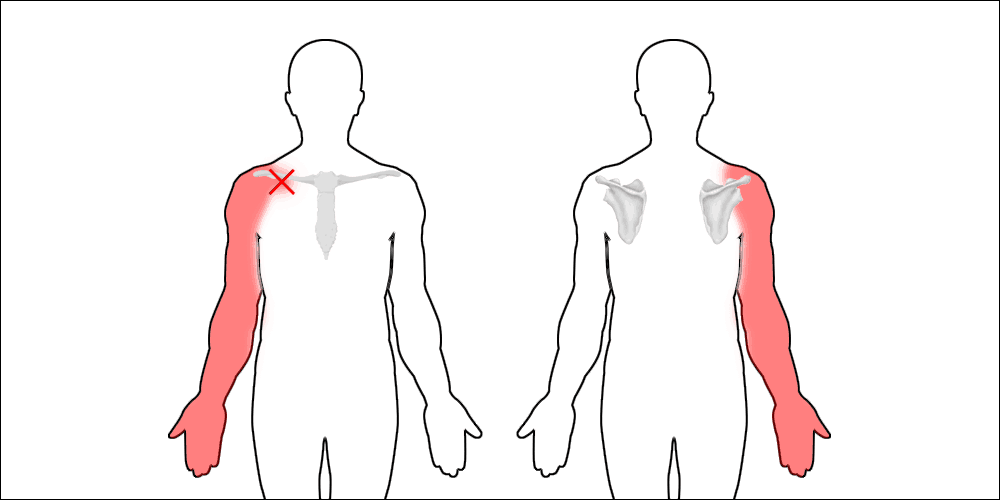
If you’re affected by thoracic outlet syndrome, you may experience one or more of the following symptoms:
- Numbness and tingling (neurogenic or vascular)
- The first sign is usually a change in sensation in your arm
- You may notice pins and needles, tingling, or numbness anywhere from your shoulder to your finger tips
- Weakness or rapid fatigue (neurogenic or vascular)
- The weakness may occur anywhere from your shoulder to your finger tips
- You may notice your arm feels tired more quickly than normal, or you may notice one arm fatigues more quickly than the other arm doing normal activity
- Muscle wasting (neurogenic)
- If the nerve compression is severe or chronic, you may notice atrophy—or a decrease in size—of any muscle from your shoulder to your hand
- Discoloration or cool/cold skin (vascular)
- You may notice paleness or a blue color in the skin of your arm
- Your affected arm may feel cool or cold to the touch
Other findings may include:
- More pronounced symptoms when you pull your shoulders back or down
- Worsening symptoms during or after gaming
- Relief or improvement of symptoms after warming up or performing light-to-moderate physical activity
Note: you should consult your doctor or visit the emergency room if you are concerned about any symptoms you experience
Common mechanism(s) of injury
Thoracic outlet syndrome in gamers will usually occur due to muscle hypertonicity or spasm. In gaming, this is likely a direct result of chronic poor posture.

Another condition which may lead to thoracic outlet syndrome is upper crossed syndrome:
- Forward rounding of the shoulders: rounding your shoulders forward puts the pectoralis minor muscle in a shortened position; this may lead to hypertonicity
- Anterior head carriage: leaning your head forward puts the scalene muscles in a shortened position; this may lead to hypertonicity
Prevention and rehabilitation
The simplest way to prevent and treat thoracic outlet syndrome is to monitor your posture. Visit our page on gaming posture to learn the most appropriate way to sit and protect yourself from injuries or ailments.
Since the most common mechanism of injury is muscle hypertonicity or spasm, it is important to keep those muscles active by both using them and stretching them.
Scalene activation
Gently bend your head/neck side-to-side being careful not to shrug/elevate your shoulder during the movement
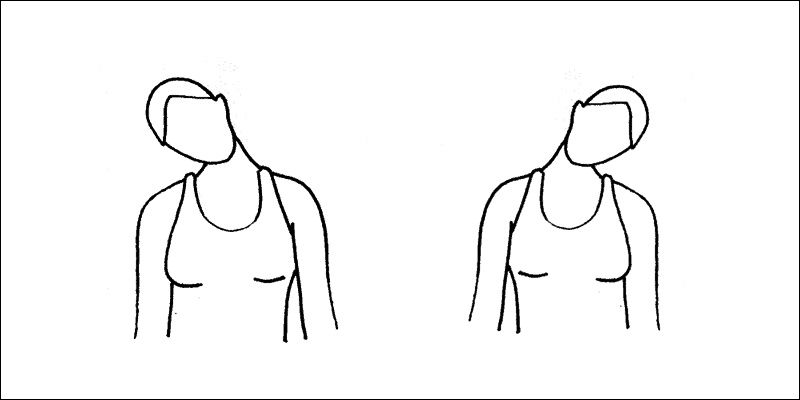
Scalene stretch
- On one side at a time, press your palm against your chest just below your collar bone
- Gently pull downward into your ribs
- Then, bend your neck backwards and to the opposite side
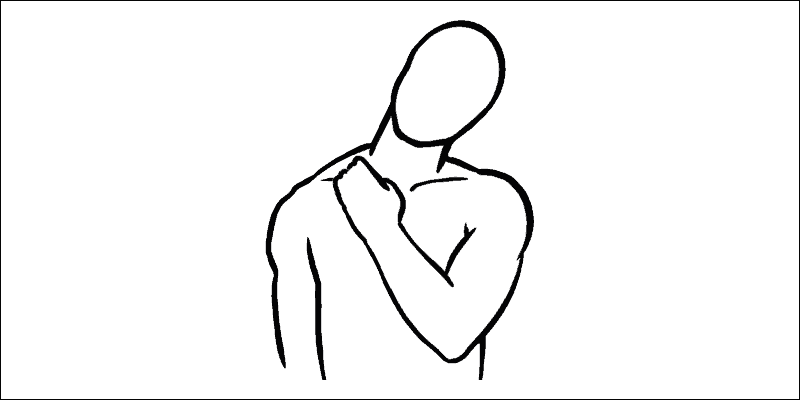
Pectoralis minor activation
Push-up plus
- At the top of a push up position, push your arms down further, separating your shoulder blades and rounding your mid-back
- Slowly release this position to allow your shoulder blades to come back towards each other
- Perform 10 repetitions
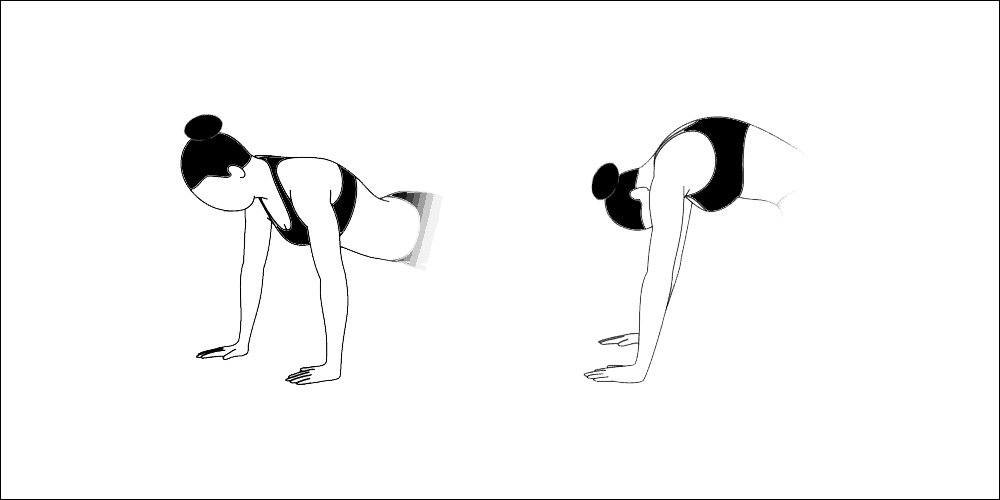
Scapular depression
- Sitting or standing upright, forcefully press your shoulder blades downward—the opposite motion of shrugging
- Perform 10 times, holding for 3-5 seconds each repetition

Pectoralis minor stretch
To self-stretch the pectoralis minor, we utilize a pectoralis major stretch; it is difficult to isolate the stretch of the pectoralis minor on your own
- Begin standing in the frame of a door with your arms out to your side
- With the palms facing forward, press your hands or forearms against the door frame
- Keeping your body upright, slowly step forward through the doorway
- You should feel a gentle stretch in your chest
- Hold this stretch for 20-30 seconds to a point of mild discomfort

